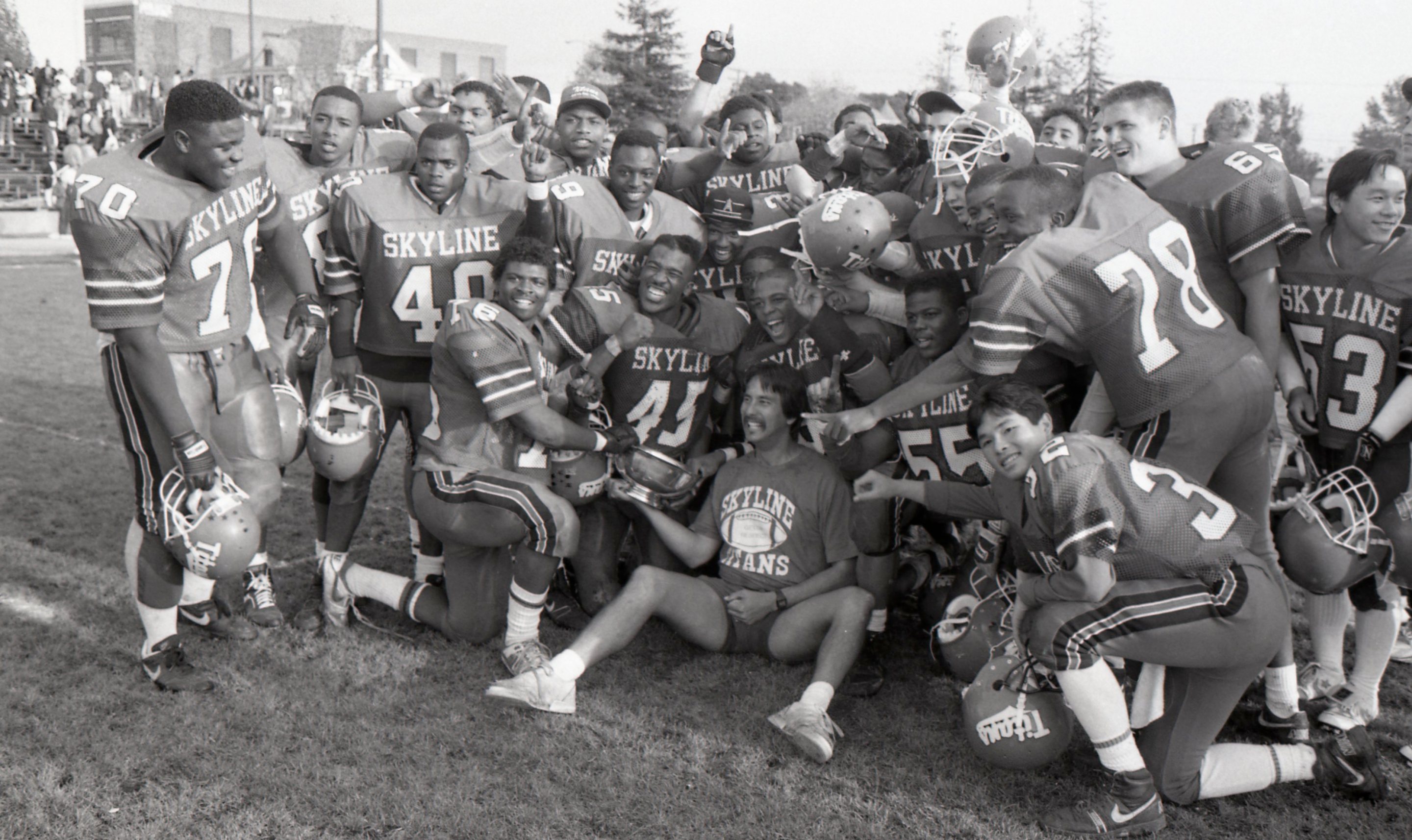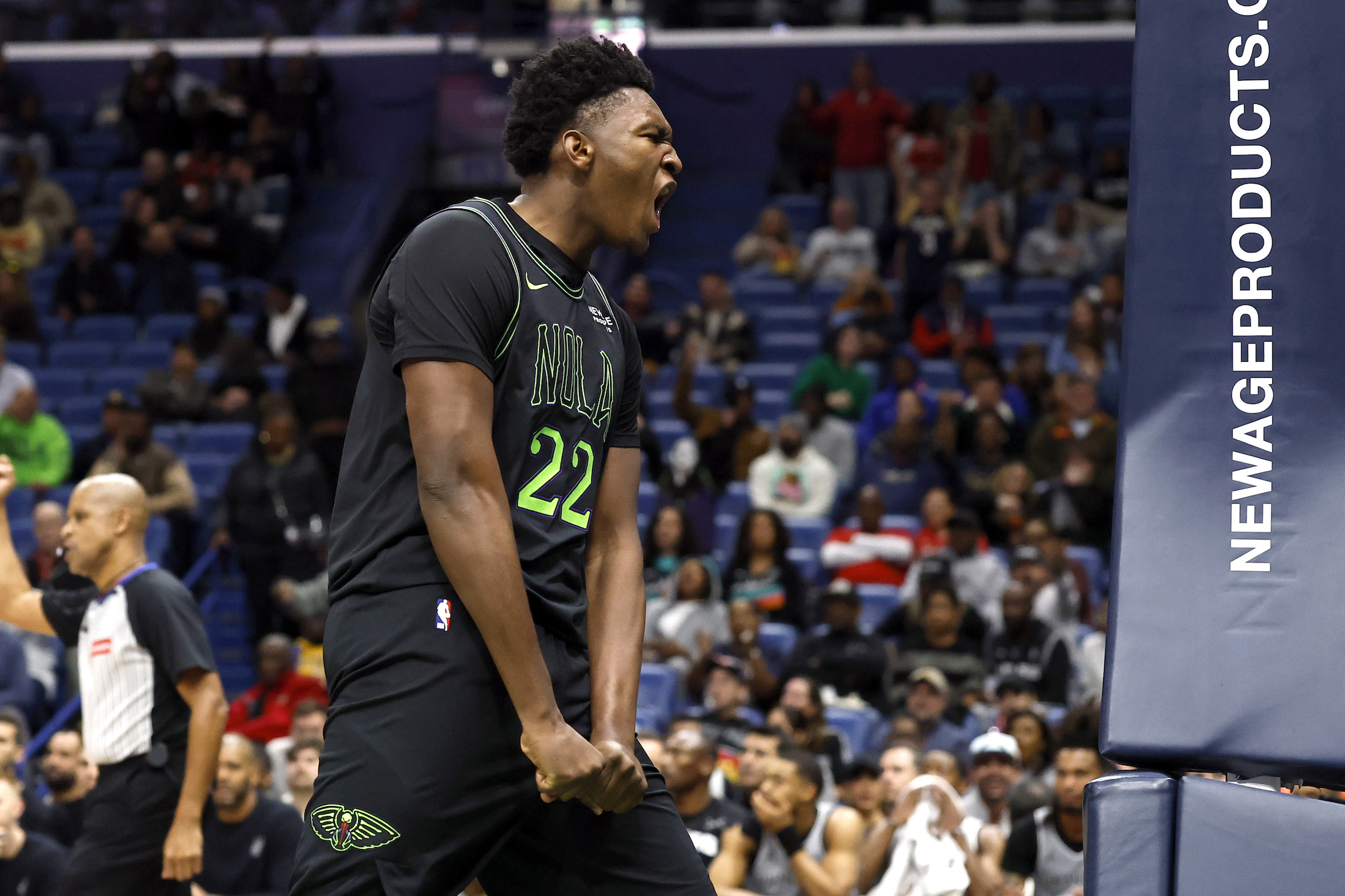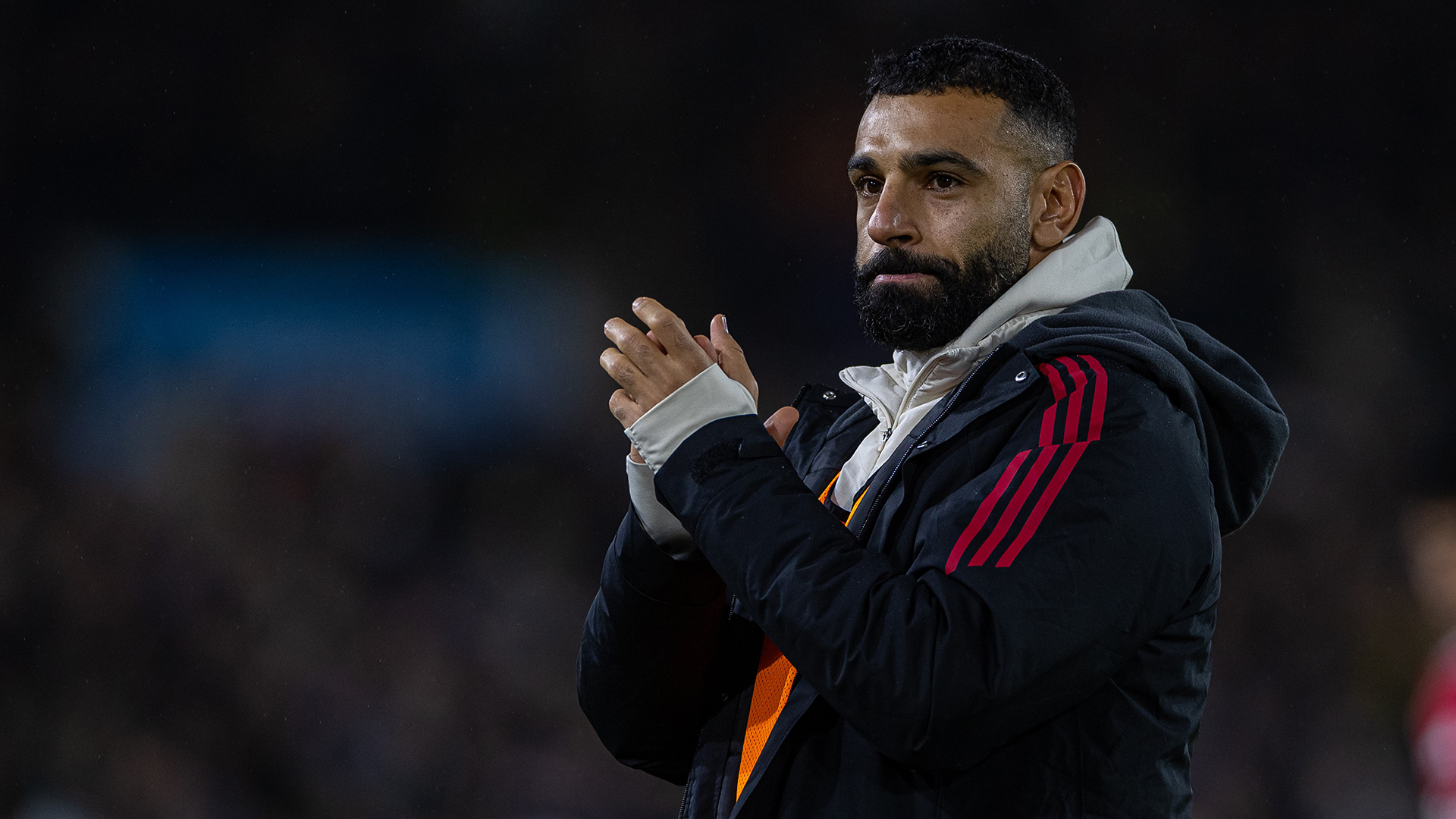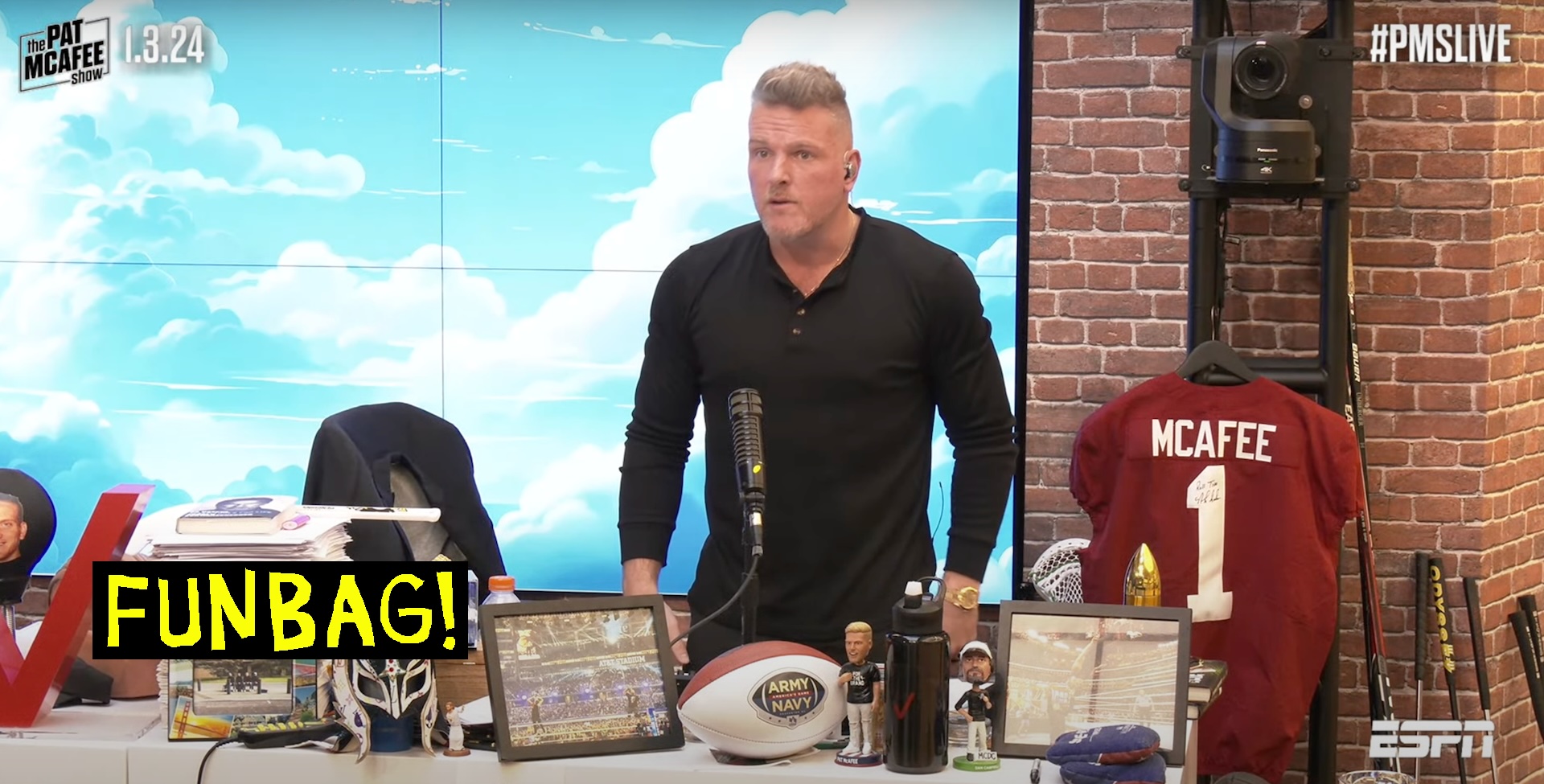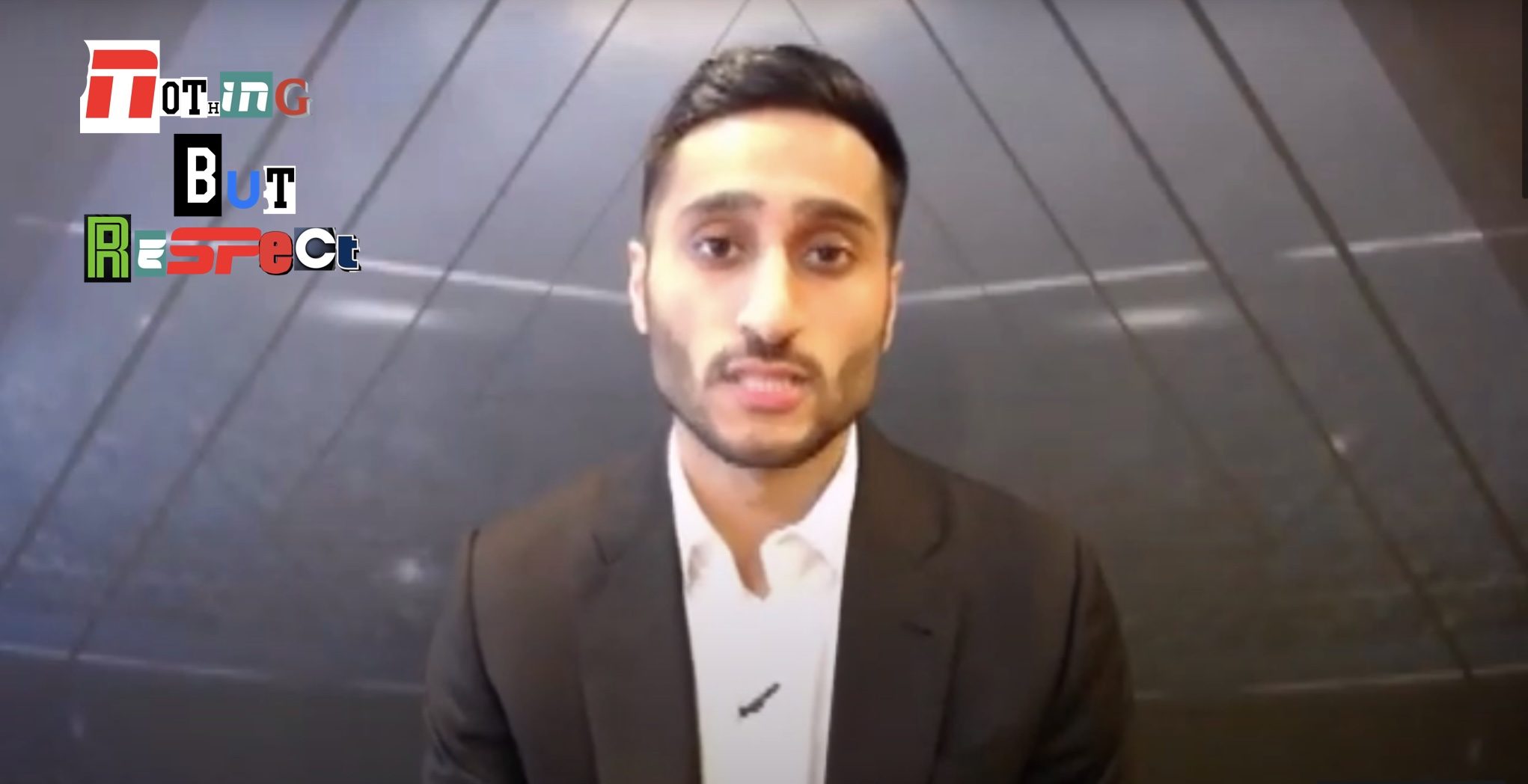Coach John Beam's murder has been a national story, which seems like something that John Beam would find simultaneously hilarious and troublesome. His adult life was dedicated to teaching, and to comforting and confronting students and athletes for three decades at various public institutions serving the communities in Oakland from which those students and players came. It was an often thankless gig, as too many teaching jobs are, and yet not without its rewards. His work made him a local icon and little more, but once the descriptor "star on Netflix documentary" was affixed to all that hard and humble work, thanks to Beam's role in the streamer's documentary series Last Chance U, it was enough to make him posthumously viral.
His life's work as a teacher, coach, and athletic director in the heart of Oakland was the stuff of legend, starting with his work at Skyline High School in the foothills above town nearly 40 years ago. Beam was the football coach, athletic director, confessor, ancillary parent, guidance counselor, and general beacon about town, a burly and empathetic presence who dealt with Oakland's kids in the world they inhabited rather than the more lurid and simpler version that exists in the public imagination. He first came to public notice as a side player and de facto hero in the background in Tim Keown's book Skyline, which was actually about the Skyline basketball team but referenced Beam and his influence repeatedly. That book is more than three decades old.
Between that and the similar job he held right off the 880 in the heart of town at Laney College, Beam coached football and shepherded kids to their best futures in Oakland for 43 of his 45 years in the workforce. He may as well have been the town's mayor for much of that time, and never wanted to be anywhere else or doing anything else. He lived in the here and now while investing in the futures of kids who often doubted they had one, let alone what it might be. His story is being writ large now though, after his death, by those he helped in his lifetime. Some of those remembering him are players he helped find their way to the NFL. Most of them are just people he helped. His statue cannot be tall enough, grandiose enough, or commissioned soon enough—as long as it has him holding the bag of carrots he used to carry with him to give to kids he passed in the halls who looked like they could use some true comfort food.
For all that, there is a bitter irony in how he was killed. Beam was shot in the head last Thursday, on campus, by someone he never had a chance to help: Cedric Irving Jr., a 27-year-old who was not even a student of Beam's at any point. The motive remains murky, but there are hints of Irving being troubled by internal forces that Beam neither invoked nor knew about. Beam helped countless people without qualification across his lifetime, but apparently never crossed paths with the man who killed him.
When his obituaries were written and sent across the world, Beam and his work was jointly reduced to the single reductive phrase, "star of the Netflix sports documentary series Last Chance U." We live in a shorthand world, and Beam's story would have stayed merely a local one if not for the overwhelming power of media in the streaming age. You would have no reason to care about a football coach in a town you don't live in unless you can be compelled to seek out the story and immerse yourself in it; there are other people out there, doing similar work, whose names most people will never know.
But Beam's story was worth knowing. His life was about the Oakland that could be, which means nothing in Philadelphia except for the fact that there are John Beams in Philadelphia, too, and in Detroit, and New Orleans, and Bismarck. That he was shot and killed by someone he never got the chance to help is a sour, Dateline-level kicker. It happened a year after he retired from coaching; Beam was solely the athletic director at Laney College since 2024, and hoped to gear down his life to spend more time with the family who knew his love when he wasn't expending it on so many others. It robbed him of the years he could devote to those closest to him. Retirement was the win he never got. He wrote his own legacy statement when he said it on a podcast last year: "If you’re the real deal in Oakland, then you’re good. But if not, they’re going to run your ass out.”
John Beam's true story is that he never got run out, and instead was embraced by a town that tightly measures its hugs. That was his best work, when there were no documentarians about to spray-paint his image as they are commissioned to do on a daily basis for far richer and far less accomplished people. He was his image, paid in full on a daily basis, and while Netflix (and Keown) provided the impetus for the national attention Beam never sought, his late virality is a reminder that every John Beam in every town should be far more cherished by the people they have nurtured. It isn't just, as Beam said, "My wins are going to be off the field.” He was right, but his legacy lies in the wins that other people will get on his behalf and while carrying on his life's work, which amounts to trying to serve and save a society that's seemingly hell-bent on yanking out its own grass roots.
